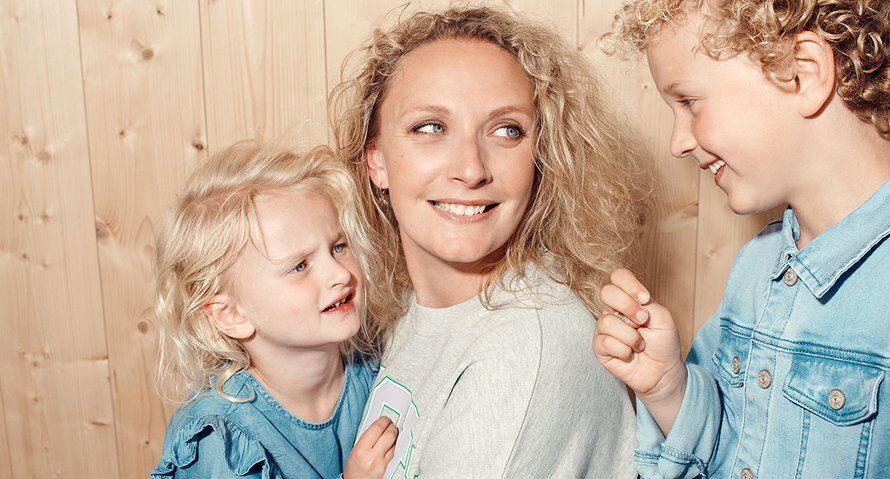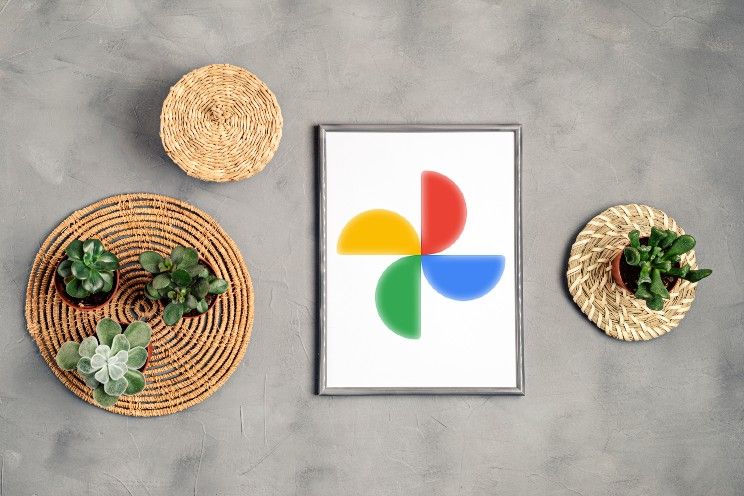how to make Hollywood-style movies with your iPhone
According to Apple, filmmakers are increasingly using the iPhone to make Hollywood-like (short) films. Do you want to win Oscars with your iPhone? Then read on quickly.
Read on after the ad.
Contents
The iPhone camera keeps getting better
Apple’s iPhone in 2022 is much more than just a smartphone. This is partly due to its fantastic cameras, with which you can take the most beautiful pictures. In recent years, Apple has also increasingly focused on the filming capabilities of the iPhone camera. The iPhone 13 series, in particular, saw massive upgrades in terms of video features.
The horror film was shown in 2018 unsane in Dutch cinemas, which was filmed entirely with an iPhone 7 Plus. Of course you can see the difference in quality between an iPhone video and a shot made with a professional film camera costing tens of thousands of dollars. The fact is, however, that you can go a long way with an iPhone, good lighting and an eye for composition. In this article we help you on your way. The tips in this article are listed in no particular order.
1. Composition and lighting
Perhaps the most important aspect of a great shot—whether in stills or video—is thoughtful composition. Where in the image do we see the subject? What role does the background play in the shot? Are drawing lines visible (such as the horizon) and are they nicely straight?
Try centering important objects and the subject so that all the attention is focused on it. You can also apply the rule of thirds, which we mentioned earlier in our photography articles. Most composition tips that apply to photos also apply to videos. You can find these tips in all kinds of other articles on iPhoned†

Also read: Useful tricks that will take your iPhone photography to the next level
Good lighting is of course very important. The iPhone camera works best in bright light. Think of a sun-drenched summer day or a room with bright lamps or many windows. Newer iPhones such as the iPhone 13 can also film reasonably well in the dark, but unfortunately a lot of noise occurs.
2. Camera movements
You can move your camera in all sorts of ways. An in-depth dialogue between two actors often requires a still image, because the focus must be on the conversation. Are they having a panicked conversation? Then you can hold your iPhone a little more ‘shaky’, to make the image restless. You can therefore also amplify certain emotions by means of camera movements.
Apple has provided the iPhone camera with powerful optical and software image stabilization. As a result, shots look extremely smooth, almost as if you were shooting them with the help of a gimbal shot.
3. Use of different lenses
This tip depends on the iPhone you’re using. All Pro iPhones since the iPhone 11 Pro have three cameras on the back. These are a regular lens, a telephoto lens and a wide angle lens. Also, some iPhones — such as the iPhone X and iPhone 8 Plus — have two lenses: a main lens and a telephoto lens. Then there are the more recent ‘normal’ iPhones, such as the iPhone 12 and 13. These have a regular camera and a wide-angle lens on board.

Because these lenses all have different focal lengths, shots look very different. The wide-angle lens seems to make everything bigger – that’s why Funda always uses a wide-angle camera for photographing living rooms. The telephoto lens ensures less lens distortion, so this lens is well suited for close-ups of faces.
4. Resolution and frame rate
With an iPhone you can choose different resolutions to film in. These are 720p (HD), 1080p (Full HD) and 4K. Are you short on storage space? Then filming in 4K may not be so smart, because these videos take up a lot of space. 720p is quite disappointing in terms of quality, so we recommend that you film at least in full had.
You can also choose different frame rates† A video is actually a series of photos that take place in quick succession. The higher the frame rate, the more ‘photos’ your iPhone sticks together within a second. A higher frame rate means a smoother image.

In the film industry, around 24 fps (frames per second) is the standard. Apple also gives you this option. You can also choose 30fps or 60fps, for an extra smooth image. You can still slow down videos in 60fps in post-production, so that you slow motiongets shots. You can find these settings in the settings app, under the heading ‘Camera’.
5. Movie Mode and ProRes
With the arrival of the iPhone 13 series, Apple announced a long-awaited feature: Movie Mode (Cinematic Mode in America). This is like portrait mode for videos. Movie mode blurs the background and focuses on the subject. This fixes one of the biggest flaws of the iPhone camera: the lack of depth of field.
The function does not work perfectly – you can occasionally see quite clearly that it is a software effect. Bee iPhoned we’re also big fans of Film Mode – especially because it can only get better in the future. Below you can see Movie Mode in action:
There is also ProRes, a function that is only available on the iPhone 13 Pro (Max) with at least 256 GB of storage space. ProRes is a video file type that ensures that you maintain the maximum amount of detail and dynamic range in your videos. It looks great, but also consumes a ridiculous amount of memory. So there is little chance that regular users will use the feature a lot.
6. Additional accessories
If you want to make a serious short film with your iPhone, it pays to take a look at some accompanying accessories. Think of an external microphone for better sound. It’s not for nothing that many directors say that the sound is ‘half the movie’ – bad sound ruins your videos. Now the built-in iPhone microphone picks up sound fine until you go outside. The wind causes your microphone to crack like crazy.

There are also lamps gimbals, tripods and much more available for iPhone. You pay a lot for this again, but the quality of your videos improves enormously.
7. Good editing software
So, you’ve taken all kinds of great shots with your iPhone, but now what? With an editing program you can make all those shots one whole, so that you end up with a film. Fortunately, you can start directly on your iPhone if you want to. That’s because Apple ships the iPhone with iMovie preinstalled. However, this only covers the basics – if you want to get serious, you’re better off using a Mac.
You can install all kinds of good editing software on it, including Apple’s own Final Cut Pro or Adobe Premiere. These programs are packed with useful features, so you’ll have to take the time to learn how to use them – but then you’ve got something.
“The best camera is the one you have on hand”
Another beautiful director’s quote: “The best camera is the one you have at hand”. And that’s really true. Filmmaking is ultimately about so much more than the quality of the lens or the size of the sensor. It’s not all about the best actors or the biggest budgets. Your talent, that is the most important.
You will regularly find useful photography and film tips on the website and our free iPhoned app. You can also register for our newsletter.



